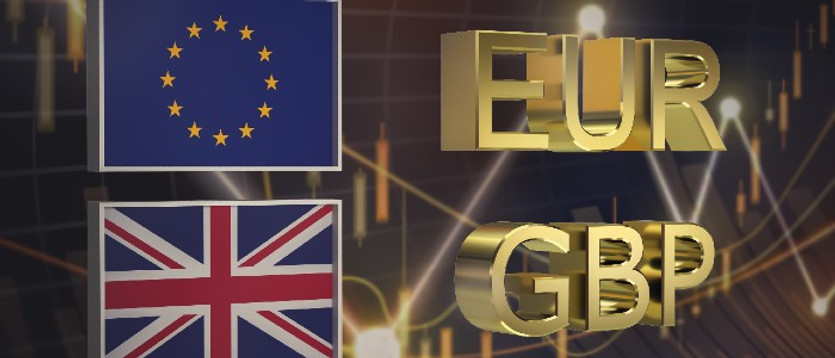One of the weakest currencies last Wednesday was the British pound. It weakened sharply, and the GBP / USD pair fell, after reports that the UK government introduced new restrictions due to the emergence of a new strain of coronavirus in the country. The new quarantine measures also include the transfer of employees to remote work and the requirement of proof of vaccination when visiting public places. The British government also reported that the number of infections with the omicron strain is doubling every two to three days, which could lead to an increase in the number of infections to more than one million by the end of the month (since the beginning of the pandemic, the UK has recorded 10.6 million infections).
The pound is also under pressure from weak macro statistics from the United Kingdom. Thus, business activity indices in the UK fell in November. This was reported last Friday in Markit Economics. As follows from the report of this agency, the PMI in the service sector fell to 58.5 (against the forecast and the previous value of 58.6), the PMI for the manufacturing sector came out with a value of 57.6 (against the forecast of 57.7).
The risks of a worsening epidemiological situation in the country, which will most likely entail a decrease in buying and business activity, may push the pound to even lower levels, while the consequences of Brexit periodically remind of themselves, in particular the situation around the Northern Ireland protocol. The British government believes that due to shortcomings in this part of the Brexit agreement, the country faced a shortage of goods and supply disruptions, but Brussels refuses to revise this protocol, and the British government made it clear that they are ready to resort to extreme measures, bearing in mind the unilateral introduction of protective measures to preserve the integrity of the trading space.
While these tensions are going on between London and Brussels, the pound remains vulnerable, including against the euro. So, the EUR / GBP has grown noticeably over the past 3 weeks, when from the middle of last month the situation around the 16th article of the aforementioned protocol worsened again. It describes a mechanism that allows either side, without the consent of the other, to take "protective measures" if the protocol leads to "serious economic, social or environmental problems".
The EUR / GBP, which had been declining until then, rose sharply, bouncing off the local minimum of 0.8380 in mid-November. Yesterday EUR / GBP touched the psychologically significant 0.8600 mark, but later declined, returning to the zone below the long-term and key resistance level 0.8582.
Since the beginning of this year, EUR / GBP has been trading in a long-term downtrend, and if its downward trend resumes, selling this currency pair from current levels (and with stops above 0.8600, 0.8615) would be a good trading idea.
Today's economic calendar does not include important UK macro statistics. It will appear tomorrow, when in the morning (at 07:00 GMT) the Office for National Statistics will publish data on UK GDP for October, business activity in the service sector and on the volume of production in the country's manufacturing sector. The manufacturing sector forms a significant part of the UK GDP total. A high reading is positive for the GBP, while a low reading is negative. If the above indicators come out with weaker indicators than in the previous month, then the pound will again be under pressure, including in the EUR / GBP pair.
However, more important macro statistics for the UK will be published next week, which will again cause increased volatility in the pound quotes. Also next week (Thursday) will be held a regular meeting of the Bank of England, dedicated to the issues of monetary policy. If the Bank of England postpones the rate hike again, the pound will also come under pressure. At least, such a decision by the Bank of England is indicated by the recent comments of its leaders. Considering also the position of the UK government, which has tightened quarantine measures, the Bank of England is likely to leave rates unchanged, at least until February. Its decision on the interest rate will be published at 12:00 (GMT).
Then, in case of a breakout of the resistance levels 0.8600, 0.8613, further growth of EUR / GBP should be expected. However, the maximum target of this growth in the current situation may be the 0.8685 mark. Above - is unlikely. Still, do not forget about the global downtrend in EUR / GBP and the ECB's super-soft stance on its monetary policy. If Bank of England executives are faced with the choice to raise or not raise the interest rate, then the ECB (under the regular APP quantitative easing program) could increase the volume of asset purchases between April and September 2022 (after the end of the emergency asset purchase program in March 2022) by 30 billion euros per month, which will increase the volume of purchases by 180 billion euros. The ECB is not even talking about raising interest rates, and the recent strengthening of the euro can be mostly attributed to the consequences of the sell-off on the European stock market, since the euro is the funding currency of the European market.





